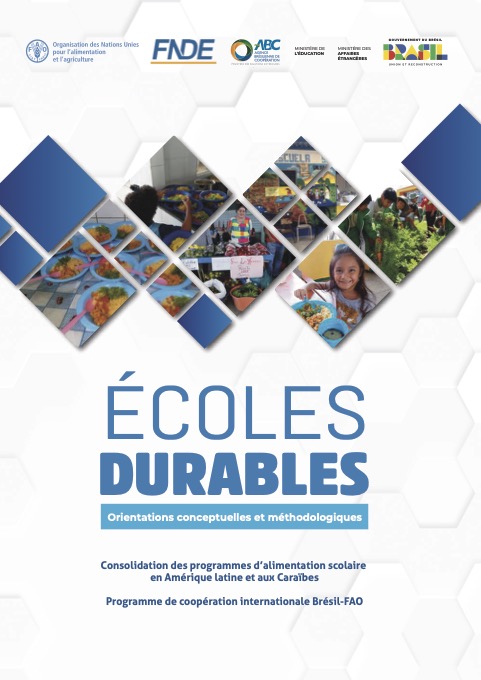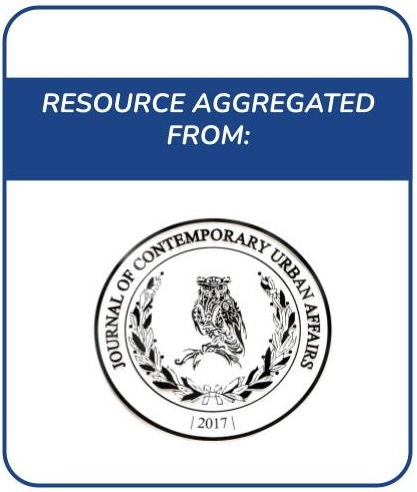Écoles durables
Cette publication présente le travail d'une feuille de route développée pour les gouvernements et les communautés intéressés par la mise en œuvre de la méthodologie des écoles durables, développée par le gouvernement du Brésil, par le biais de l'Agence brésilienne de coopération, du Fonds national de développement de l'éducation et de la FAO.



